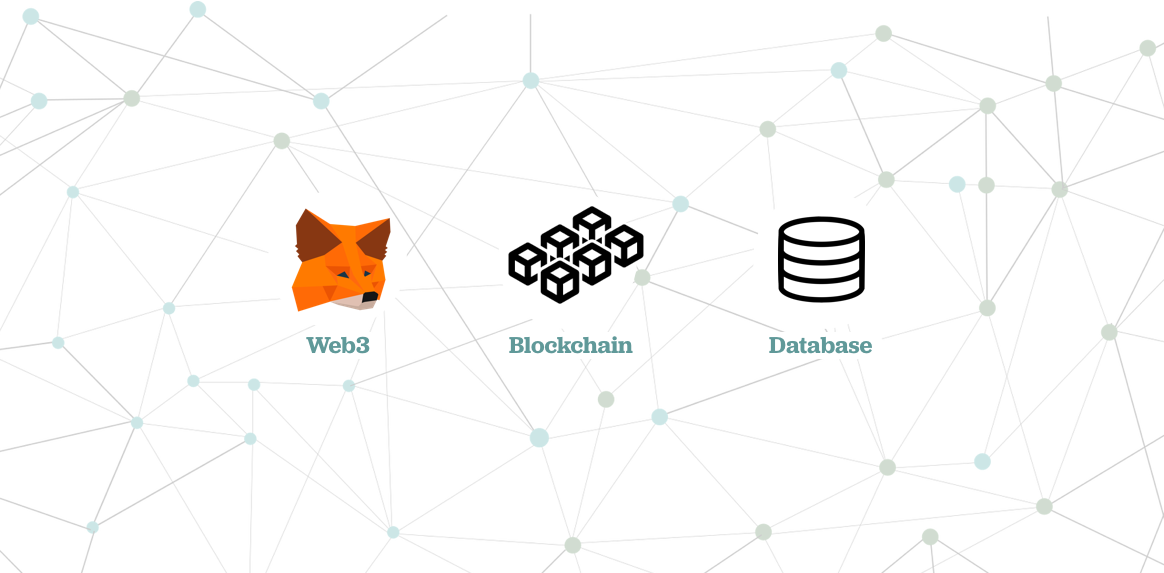NFTxPhysical - NFTs as a super-rare, exchangeable warranty for a physical good
-
As web3 continues to explode, a new generation of savvy, crypto-rich will continue to look for smarter ways to invest, show-off and grow their wealth using a combination of web3, NFTs and social.
-
Yet most web3 collectables available today are limited to digital goods (art, in-game items etc.)
-
But more recently, physical NFTs seem to have appeared (Eg: 🔗Beeple, 🔗FlipKick and 🔗Rekt Merch)
-
While these are still in their early stages, a huge opportunity lies in using NFTs as a mechanism to establish rarity for physical goods so anyone can create a rare, limited edition collection.
-
Some examples:
- Limited edition sneakers created by SneakerBabe23
- Exploring Senses: Limited edition VapePods created by MonsterRawMakers
-
This claim is made, given the fact that in the current web2 world, the problem with creating a limited edition collection has always been the inability to establish trust (which is why you see limited edition collections traditionally run only by very large brands such as LVMH, Nike or Gucci)
-
Yet, given the rise of web3 and its exponential adoption over the next decade, one can start to imagine a world where trust operates in a fundamentally different manner utilizing the blockchain and NFTs.

- Establish trust in a completely new way, utilizing the blockchain: Physical items are minted as NFTs, scarcity is maintained through a smart contract. You no longer need to be a large brand like Gucci, Nike or LeBron James to create a limited edition collection. Artisanal creators like MonsterRawMakers and SneakerBabe23 are welcome to the party.
- Establish rarity in a completely new way, limiting supply through a smart contract: Rare items should be rare because of the effort put in by the humans who created them, not because a large company says it should be. Creators no longer need to compete to mass-produce goods and can instead focus on fewer, high quality collections.
- Create new (unconventional) models of revenue: Unlike in web2, creators also participate in the upside of a resale through a commission model baked into the smart contract and made transparent to the buyer. This acts as a double incentive, because creators are now incentivized to ensure the physical copy is maintained in the real world and create a replica (for a small fee), incase their physical copy get's destroyed by a genuine owner.
- Create a new form of web3-native enjoyment to the buyer, that's just not possible with physical goods today: Show off your NFT on Twitter, prove ownership through your wallet on EtherScan, grow and resell your asset online. Additionally, play with your asset in real life as it grows in value online, and incase it get's old, lost or destroyed - claim a copy from the creator (supported by double ownership [NFT+physical], creator incentive on resell and thus to maintain the physical copy).
What do you think? If you would like to partner with me, please DM me. Cheers.
